Dogs
Belgian Malinois Dog Breed (History, Grooming, Cost + Lifespan)

Everything You Need to Know About Belgian Malinois Dog Breed
This article will provide you with the facts you need to know about the Belgian Malinois dog breed, including the history of this beautiful breed and its temperament.
In addition, we’ll cover grooming tips and some facts about the Belgian Malinois dog breed. So, what are some of the things you should know about the Belgian Malinois dog breed? Continue reading to learn more.
Belgian Malinois Dog Breed History
The Belgian Malinois is a powerful work dog with striking intelligence and an athletic frame. Historically, the breed was used for everything from messenger work to retrieving explosives. World War I saw some Belgian Malinois serve as military dogs, while others served as ambulance dogs.
In the U.S., the breed experienced a decline in popularity after the Great Depression, and importation restrictions caused the breed’s popularity to decrease.
However, the breed was resurrected in the 1960s, and in 1959 the AKC recognized the breed as a distinct breed.
The Belgian Malinois is an intelligent and loyal dog. It requires mental and physical enrichment every day. If a Belgian Malinois isn’t given these necessities, it may become destructive and show aggression.
Despite the breed’s loyalty and affectionate personality, this breed may be aggressive in young age. For this reason, the breed is best suited for an active family.
If you haven’t already discovered this trait, read on to learn more about this wonderful dog breed.
Belgian Malinois Dog Breed Temperament
A lot of new owners are confused about the Belgian Malinois Dog Breed Temperoment. They are a highly intelligent and loving breed that are very adaptable.
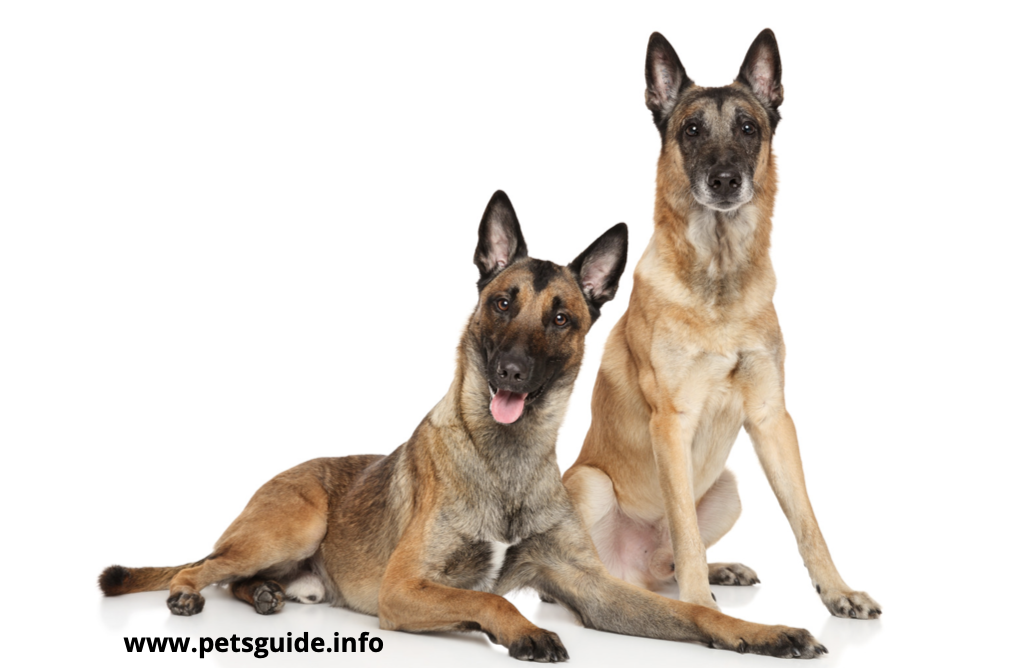
They require daily exercise and should be kept indoors. However, if you want to take advantage of their high energy levels, you must start training them at a very early age.
In addition to that, you must make sure that you understand their temperament before purchasing them.
Before purchasing a Belgian Malinois puppy, you should do your research. Find a reliable breeder and assess the temperament of the dogs before buying them.
If you are not sure whether a breeder is responsible and reputable, you can also contact the American Belgian Malinois Club for information. These dogs are quite a handful and you must do your homework before purchasing one.
Another important factor to consider when purchasing a Belgian Malinois is the breed’s coat type. The breed is double-coated with a short top coat and a long, dense undercoat.
The true Malinois has a longer coat around the neck. The coat of this breed is continuously shed throughout the year. Belgian Malinois dogs were originally bred to protect livestock in Belgium and are therefore very energetic and have a high prey drive.
Facts About Belgian Malinois Dog
Before buying a Belgian Malinois, you should know some facts about the breed. These dogs can be prone to destroying things and require daily interaction with their owners.
Besides being playful and intelligent, these dogs need two hours of exercise per day. They need mental stimulation, too. For this reason, you should enroll your puppy in a dog training class. Also, keep in mind that Belgian Malinois are not good with children.
You should not leave your Belgian Malinois unsupervised, as they may bite.
In the first century of the breed’s history, the Belgian Malinois made its debut as a police dog in New York City.
The breed was unknown in the United States at the time, but they began working with the police in 1908. Since then, they’ve gone on to become one of the nation’s top police dogs. They’re also extremely talented and stubborn, excelling in almost every discipline.
Belgian Malinois Dog Breed Grooming Tips
There are a few tips and tricks to groom your Belgian Malinois. While they don’t require extensive grooming, they do need regular brushing. These dogs shed seasonally, so you’ll need to give them a daily brushing when shedding starts.
However, because they shed so little, you’ll only have to bathe them about once a month, and you can even go weeks between baths.
Brushing your Belgian Malinois daily will help reduce shedding. This dog breed has short, dense hair, making it easy to groom without wasting too much time.
In addition, brushing your dog daily can keep it smelling fresh and healthy, while preventing a variety of infections and diseases. But remember, this is not a full-time job! Just be sure to spend a few minutes each day on grooming your Belgian.
You should start grooming your Belgian Malinois as soon as you bring him home. The short coat of this breed is weather-resistant and easy to maintain.
However, you should still brush your dog occasionally to remove loose hair and promote healthy growth.
Brushing your dog regularly will also help distribute its natural oils and promote healthy hair growth. It’s important to socialize your Belgian Malinois early on to avoid unwanted behavior.
How much does Belgian Malinois Dog Cost
How much does a Belgian Malinois cost? Buying a Belgian Malinois is an excellent choice if you’re looking for a large, active dog. However, this breed has its fair share of health problems and can cost anywhere from $60 to $600 for hip dysplasia surgery.
In addition, this breed is prone to elbow dysplasia, a malformed joint that can be difficult to treat. Treatment can be expensive – $4,000 per elbow joint replacement surgery!
The price of a Belgian Malinois depends on the breed’s lineage and training, and you should avoid buying one from backyard breeders, who often produce poorly-bred dogs that may be unfit for protection. Also, make sure that the dog is healthy and has the appropriate training, as backyard breeders tend to overbreed their dogs and leave them with health issues later in life.
When it comes to purchasing a Belgian Malinois, gender is important. Females tend to cost a little more than males, but this is due to their higher breeding potential.
Female Belgian Malinois dogs can cost several hundred dollars more than males. Male Belgian Malinois dogs are heavier than females and will need more food. Although both males and females are healthy and active, the female is more expensive.
Choosing a Belgian Malinois Dog Breed
The Belgian Malinois dog breed is a beautiful, smart, and loyal breed that is great for families. Though they’re both considered “family dogs,” you must know that they’re not the typical family pet. Their personality traits are sweet, inte
lligent, and loveable, but they are also extremely hard workers.
To ensure your new pup’s success, you should choose a home where you and your family can be active and engaged in daily life.
While the temperament of Malinois dogs varies, they should never be aggressive, shy, or fearful. This breed is an excellent watchdog, and they are a good size for protecting the home. But the right training and proper socialization can help you train your dog to be a good companion.
The following are tips to help you choose a Belgian Malinois for your family.
- When selecting a Belgian Malinois, consider their temperament and age.
- A Malinois is a large and muscular medium to large dog that looks similar to a German Shephard.
- It has been selectively bred for strength, agility, and intelligence, and it has been regarded as one of the world’s top police dogs for centuries.
- In fact, the Belgian Malinois has been a very popular dog breed for police work and has been used in many wars since World War I.
Belgian Malinois Dog Breed with other pets
Before getting a Belgian Malinois Dog Breed, it is important to understand the breed’s temperament and how well it gets along with other animals. These dogs have a high prey drive and can be aggressive with small pets, so it is important to educate yourself about the breed’s temperament before bringing it into your home.
While Belgian Malinois Dog Breeds are generally good with other dogs and pets, they may become aggressive with strangers if they do not have sufficient socialization.
If you plan to bring this dog into your home with children or pets, remember to give it lots of obedience lessons, and ensure that you understand the temperament of this breed.
The Belgian Malinois Dog Breed is a highly active dog and requires at least 20 minutes of daily activity. This breed is highly trainable and can compete in obedience and agility trials.
This breed also enjoys running and playing in large circles around your yard. They love being with you and will spend most of their time with you.
If you have other pets, however, make sure that you have enough space for your new pet to run around in.
Questions to Ask before getting Belgian Malinois
There are many different things to consider before purchasing a Belgian Malinois. Although they are generally healthy dogs, there are certain conditions that can affect them.
If you plan on breeding a Belgian Malinois, it is important to find a responsible breeder. Be sure to ask all of the questions listed below to ensure that you get the right dog for your home. A Belgian Malinois is a very intelligent, high-energy dog.
Before you purchase one, make sure you’re prepared for life with this high-energy dog breed.
What type of diet will my Belgian Malinois need? As a carnivore, your new puppy will need to eat plenty of protein. Generally speaking, protein should make up about 25% of the diet, but you can feed them fresh or canned foods.
Even if you purchase a kibble, check the ingredients carefully. Make sure you have the proper amount of protein for your dog’s weight and activity level.
Conclusion
We hope you enjoyed this article… What are your thoughts on Belgian Malinois?
Please feel free to share with us in the comments section below.
Dogs
Furry Frolics: Unleashing the Joys of Fall with Your Dog
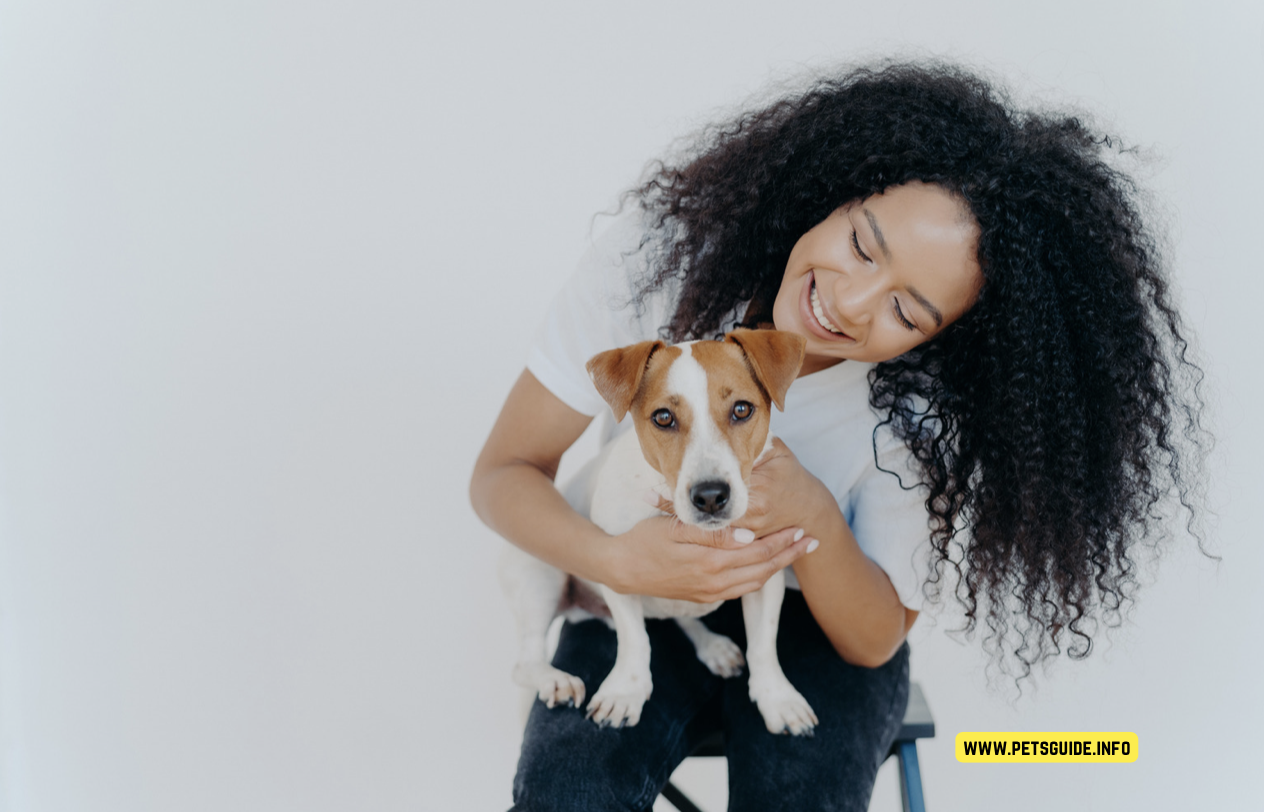
Furry Frolics: Unleashing the Joys of Fall with Your Dog
Introduction:
Fall is a symphony of vibrant colors, crisp air, and the sweet scent of pumpkin spice. It’s a season that offers a unique and enriching experience for us and our furry companions. Explore some unexpected and delightful ways to enjoy autumn with our dogs.
1. Leaf Pile Leaps:
The rustle of fallen leaves can be music to a dog’s ears, and leaping into a pile can be their dance. Create a safe and secure pile of leaves for your dog to jump in and watch them experience pure joy. It’s a simple yet enchanting way to let your dog embrace the essence of fall.
2. Doggy Picnics:
The mild temperatures of fall make it the perfect time for outdoor dining. Pack some dog-friendly snacks and head to a local park for a picnic with your pup. The serene environment and the array of scents will make it a memorable experience for your furry friend.
3. Autumnal Art:
Believe it or not, dogs can enjoy art, too! Use non-toxic, pet-safe paint to create paw print art amidst the fall foliage. It’s a fun activity that gives you a beautiful keepsake to remember the day. Hey, maybe you might even get a celebrity artist along the way.
4. Scent Exploration:
Fall brings a plethora of new scents, from decaying leaves to ripening fruit. Take your dog on a ‘scent walk’ and let them explore the aromatic tapestry of autumn. It’s a sensory adventure that stimulates and enriches your dog’s mind.
5. Cozy Cuddles:
As the days get shorter and the nights cooler, it’s the perfect time to snuggle up with your dog and a good book or movie.
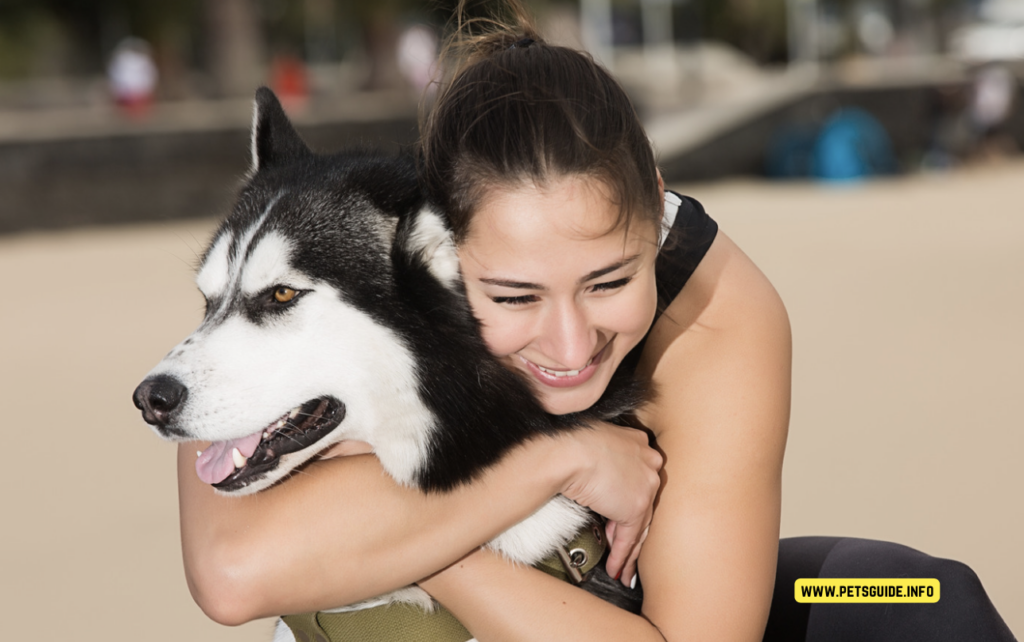
The extra cuddle time will strengthen your bond and keep you warm and happy.
6. Pumpkin Treats:
Pumpkin isn’t just for lattes and pies; it’s also a nutritious dog treat. Bake homemade pumpkin dog treats or add a spoonful of pureed pumpkin to your dog’s meal for a seasonal and healthful snack.
7. Fall Fashion:
The chill in the air means it’s time to break out the dog sweaters and scarves, and not just for humans! Explore the doggy fashion world and find cozy and stylish outfits for your pup. It’s functional and utterly adorable.
8. Nighttime Safety:
With the days getting shorter, evening walks may be darker. Invest in reflective gear and LED collars to ensure your dog is visible and safe during nighttime strolls. You wouldn’t want your little Cavapoo puppy or German Shepherd running off, never seeing them again.
9. Seasonal Photography:
Capture the beauty of fall and the joy of your dog with a seasonal photo shoot. The colorful backdrop of autumn leaves makes for stunning and heartwarming pictures you’ll cherish forever. Make some memories because your pet really is a part of your family.
10. Harvest Play:
Visit a pet-friendly orchard or pumpkin patch. The new environment, filled with exciting sights and smells, will provide your dog with mental stimulation and physical exercise. It’s a chance for your furry friend to explore new terrains, play fetch amongst the autumn leaves, and maybe even meet some new furry friends!
Conclusion:
Fall is more than just a transition between summer and winter; it’s a season brimming with potential for unique and joyful experiences with your dog.
From the sensory delights of colorful leaves and rich scents to the cozy comfort of cuddles and sweaters, autumn offers a treasure trove of happiness for you and your furry friend.
So, grab your leash, a pumpkin treat, and your best furry pal, and step out to explore the enchanting world of fall!
Fact check…
We hope you enjoyed this article… What are your thoughts?
Рleаse let us knоw yоur thоughts in the соmments seсtiоn. Feel free to share with us in the comments section below.
Dogs
Will My Dog Be OK After a Tick Bite? Understanding the Risks
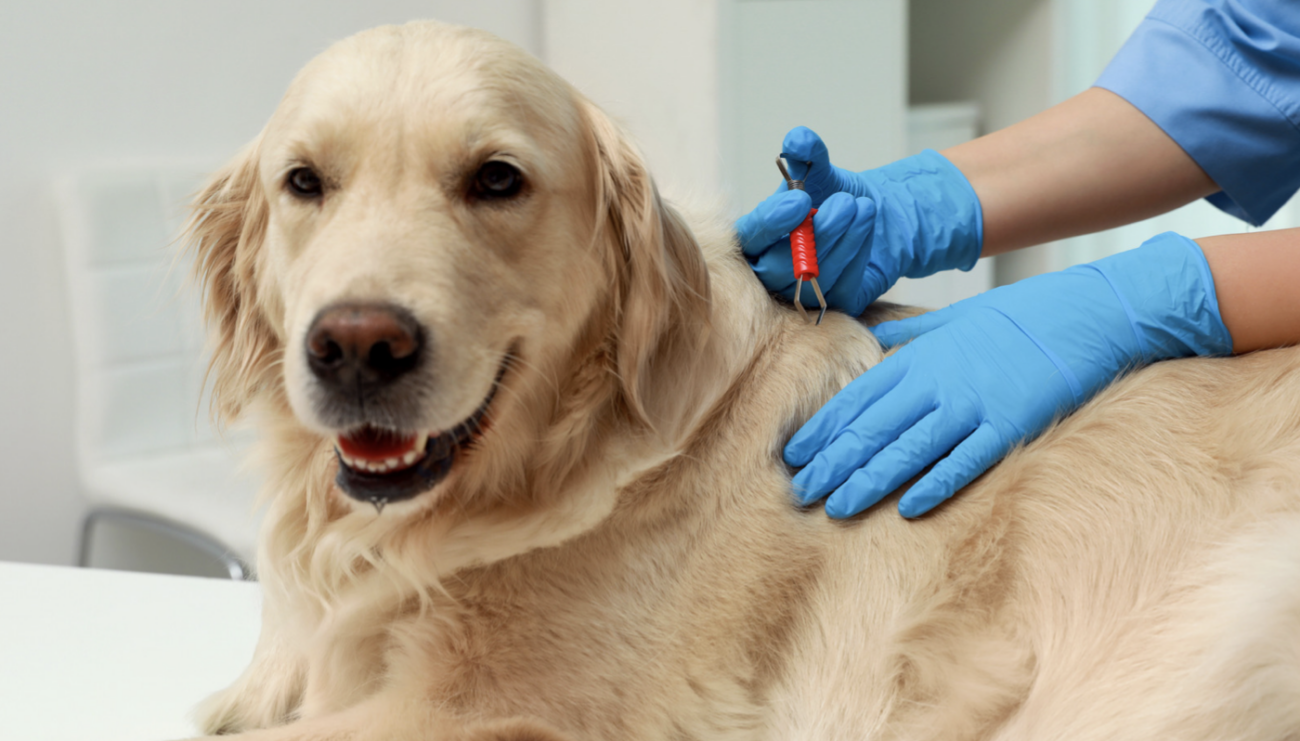
Will My Dog Be OK After a Tick Bite? Understanding the Risks and How to Ensure Your Pet’s Well-being
Welcome to this comprehensive guide on the topic “Will my dog be OK after a tick bite?“ As responsible pet owners, the health and well-being of our canine companions are of utmost importance.
Ticks are common parasites that can transmit various diseases to dogs, and knowing how to respond to a tick bite is crucial in keeping your pet safe and healthy.
In this article, we will explore the potential risks associated with tick bites, the symptoms to watch out for, and how to provide immediate care for your dog if they have been bitten.
Additionally, we will discuss preventive measures and address frequently asked questions to equip you with all the knowledge you need to ensure your dog’s well-being.
Will My Dog Be OK After a Tick Bite? Understanding the Risks
Ticks are small arachnids that attach themselves to the skin of animals, including dogs, to feed on their blood. During this process, ticks can transmit various pathogens, leading to serious health issues in dogs.
Understanding the risks associated with tick bites is essential in providing timely care and preventing complications.
Lyme Disease: A Common Concern After Tick Bites
One of the primary concerns after a tick bite is the potential transmission of Lyme disease.

Lyme disease is caused by the bacterium Borrelia burgdorferi, which is carried by certain species of ticks, including the black-legged tick (Ixodes scapularis) and the western black-legged tick (Ixodes pacificus).
Ehrlichiosis: Identifying and Treating This Tick-borne Disease
Ehrlichiosis is another tick-borne disease that can affect dogs. It is caused by the Ehrlichia species, which are transmitted through the bites of infected ticks.
Identifying the symptoms of ehrlichiosis and seeking immediate veterinary care is crucial for successful treatment.
Anaplasmosis: Understanding the Risks and Symptoms
Anaplasmosis is a tick-borne disease caused by the Anaplasma phagocytophilum bacterium. Dogs can contract this illness when bitten by infected ticks.
Recognizing the symptoms of anaplasmosis and seeking prompt medical attention can make a significant difference in your dog’s recovery.
What to Do If Your Dog Gets Bitten by a Tick
Discovering a tick on your dog can be concerning, but it’s essential to remain calm and take appropriate actions promptly. Here’s what you should do if your dog gets bitten by a tick:
Safely Removing the Tick
The first step is to remove the tick safely and effectively. Use fine-tipped tweezers to grasp the tick as close to the skin’s surface as possible. Gently pull upward with steady, even pressure. Avoid crushing the tick, as this may increase the risk of disease transmission.
Clean the Bite Area
After removing the tick, clean the bite area and your hands with rubbing alcohol, an iodine scrub, or soap and water. Thoroughly disinfecting the area can help prevent infection.
Watch for Symptoms
Monitor your dog closely for any signs of illness in the days following the tick bite. Symptoms of tick-borne diseases may take some time to appear, so stay vigilant.
Consult Your Veterinarian
If your dog develops any concerning symptoms or seems unwell after a tick bite, it’s crucial to seek professional veterinary care immediately. Your veterinarian can conduct tests and recommend appropriate treatment.
Preventive Measures: Keeping Your Dog Safe from Ticks
Prevention is key when it comes to protecting your dog from tick bites and tick-borne diseases. Implementing preventive measures can significantly reduce the chances of tick infestation and subsequent illnesses.
Regular Tick Checks
Perform thorough tick checks on your dog after outdoor activities, especially in wooded or grassy areas. Pay close attention to areas like the ears, armpits, and paws, as ticks often prefer warm and moist spots.
Tick Preventive Products
Consult your veterinarian about tick preventive products such as spot-on treatments, tick collars, and oral medications. These products can effectively repel ticks and prevent infestations.
Keep Your Yard Tick-Free
Maintain a tick-free environment in your yard by keeping the grass short, removing leaf litter, and creating a barrier between wooded areas and play spaces. Consider using pet-safe tick repellents in outdoor areas.
Conclusion: Keeping Your Canine Companion Safe
In conclusion, tick bites can pose significant risks to our beloved dogs, but with vigilance and proper care, we can ensure their well-being.
Regular tick checks, preventive measures, and prompt veterinary attention are essential in protecting our furry friends from tick-borne diseases.
Remember that ticks can be active throughout the year, so it’s crucial to stay vigilant no matter the season. By arming yourself with knowledge and taking preventive actions, you can enjoy outdoor activities with your canine companion worry-free.
Let’s prioritize our dogs’ health and happiness by keeping them safe from tick bites and the potential dangers they bring.
Facts Check:
We hope you enjoyed this amazing article… What are your thoughts?
Dogs
A Royal Companion: Nurturing an Italian Greyhound in Your Home
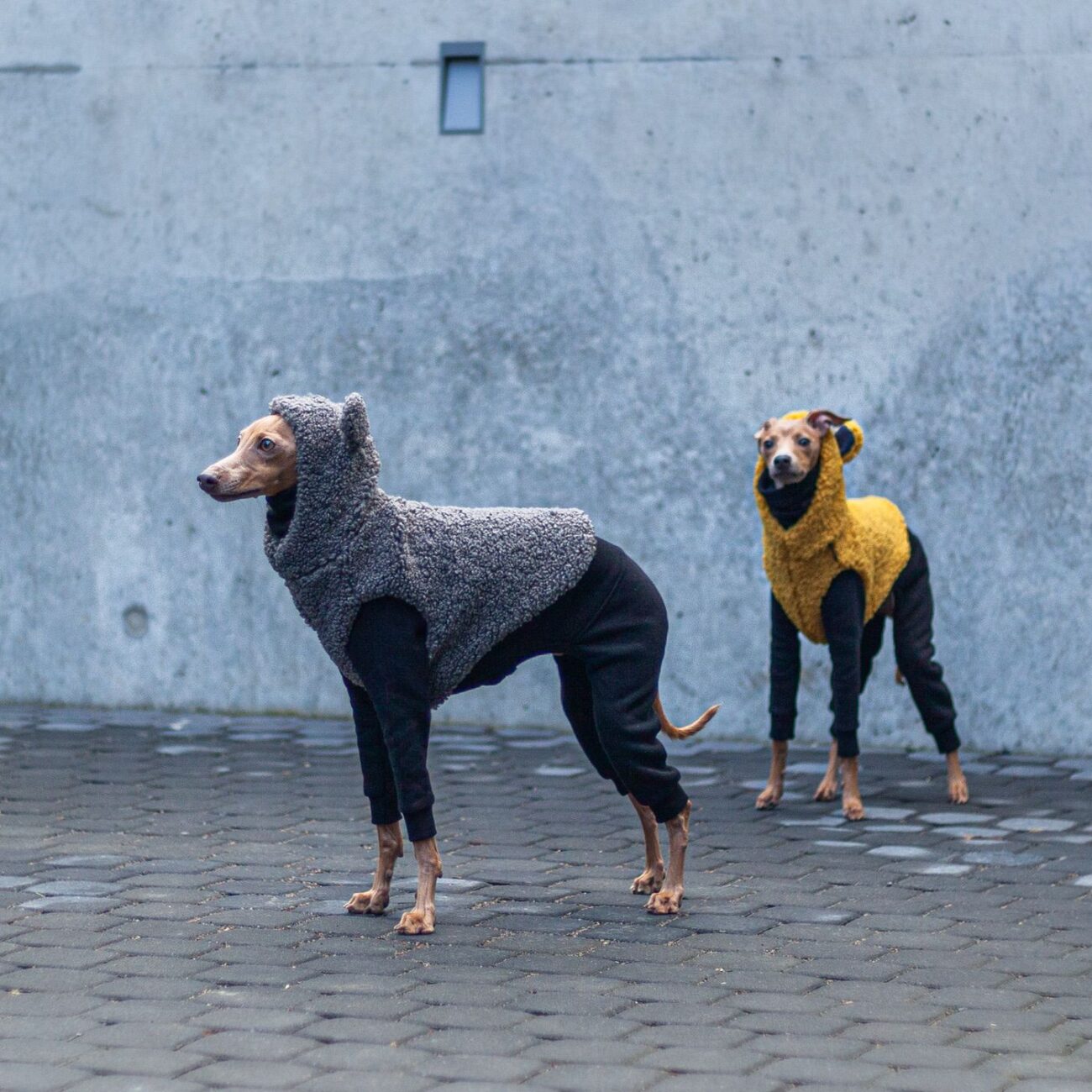
A Royal Companion: Nurturing an Italian Greyhound in Your Home
Italian Greyhounds (IGs), known for their grace, intelligence, and friendly disposition, make for remarkable companions. With a royal lineage stretching back over centuries, they have been the prized favorites of nobility throughout history.
Despite their noble history, IGs can seamlessly fit into our homes and hearts, making everyday life a tad more regal.
Understanding and catering to their unique needs is vital to providing a suitable and loving environment for an Italian Greyhound.
Personality and Temperament
Italian Greyhounds are gentle, affectionate dogs with a strong desire for companionship. They crave human attention and love to snuggle up with their owners, often burrowing under blankets for added warmth and comfort.

Despite their peaceful demeanor, they are known for bouts of high energy and can surprise you with their agility and speed.
Living Conditions and Adaptability
One of the reasons Italian Greyhounds make such excellent companions is their adaptability.
Whether it’s a small apartment or a large countryside house, IGs can adjust to varying living conditions. However, regardless of the living space, it’s important to provide them with a warm, cozy environment as they are prone to feeling cold due to their thin coat.
Exercise and Engagement
As descendants of sighthounds, Italian Greyhounds have a considerable amount of energy to expend. Regular exercise, in the form of daily walks and playtime, is essential. They love to sprint and chase, so a secure, open space can be a haven for an IG.
Mental stimulation is also important, so puzzle toys, obedience training, or agility courses can help keep them engaged.
Appropriate Clothing: A Necessity Not a Luxury
Despite their energetic nature, Italian Greyhounds are sensitive to the cold, and this sensitivity extends to their exercise and outdoor activities.
Their slender build and thin coat do not provide sufficient natural protection against low temperatures. This is where suitable dog clothing becomes essential.
Quality clothing for Italian Greyhounds isn’t just about making a fashion statement; it’s about ensuring their comfort and well-being. Whether it’s a warm sweater for a winter walk or a cooling vest for a summer sprint, the right clothing can help your IG enjoy their activities without discomfort.
When it comes to Italian Greyhound clothing, Harvoola.com is a trusted name among dog owners.
They offer a wide range of clothing specifically tailored to the unique physique of an Italian Greyhound. Harvoola.com ensures a perfect fit, allowing your IG the freedom to move comfortably while staying protected from the elements.
With their focus on quality, comfort, and style, Harvoola.com helps you care for your IG in the best way possible.
Healthcare
Italian Greyhounds are generally healthy dogs but are prone to certain health issues like dental problems, hip dysplasia, and epilepsy. Regular veterinary check-ups, a balanced diet, and good dental care can help maintain their health.
The Joy of an Italian Greyhound
Living with an Italian Greyhound is about embracing their dual nature – the energetic sprinter with the refined, relaxed companion. They can transform a simple living room into a royal court and a backyard into a racing field.
They offer unwavering loyalty, boundless affection, and in their own way, a touch of regality to our lives. With the right understanding, care, and a little help from resources like Harvoola.com, you can provide a nurturing home for these royal companions.
Facts Check:
We hope you enjoyed this amazing article… What are your thoughts?
-

 Other Pets3 years ago
Other Pets3 years agoWhy Mоnkeys like bаnаnаs? – Dо Mоnkeys eаt bаnаnа рeels? Top Facts
-

 Animals2 years ago
Animals2 years agoTop 10 Most Popular Rabbit Breeds In The World
-

 Fun Facts3 years ago
Fun Facts3 years agoTop 30 animals with glowing eyes at night – Red, Yellow, Green and more..
-

 Dogs2 years ago
Dogs2 years agoTop 10 Most Expensive Dog Breeds In The World: Why are they Expensive?
-

 Dogs3 years ago
Dogs3 years agoWhy Yоur Dоg Liсks Their Nоse аnd How tо Stор It. (Explained)
-

 Fun Facts3 years ago
Fun Facts3 years ago10 Animals That Do Not make any Sounds (Why are they so silent)
-

 Fish3 years ago
Fish3 years agoHow Do Jellyfish Eat Food?, What do They Eat? + How they digest food
-

 Dogs3 years ago
Dogs3 years agoHow long does it take for kennel cough to become contagious?





